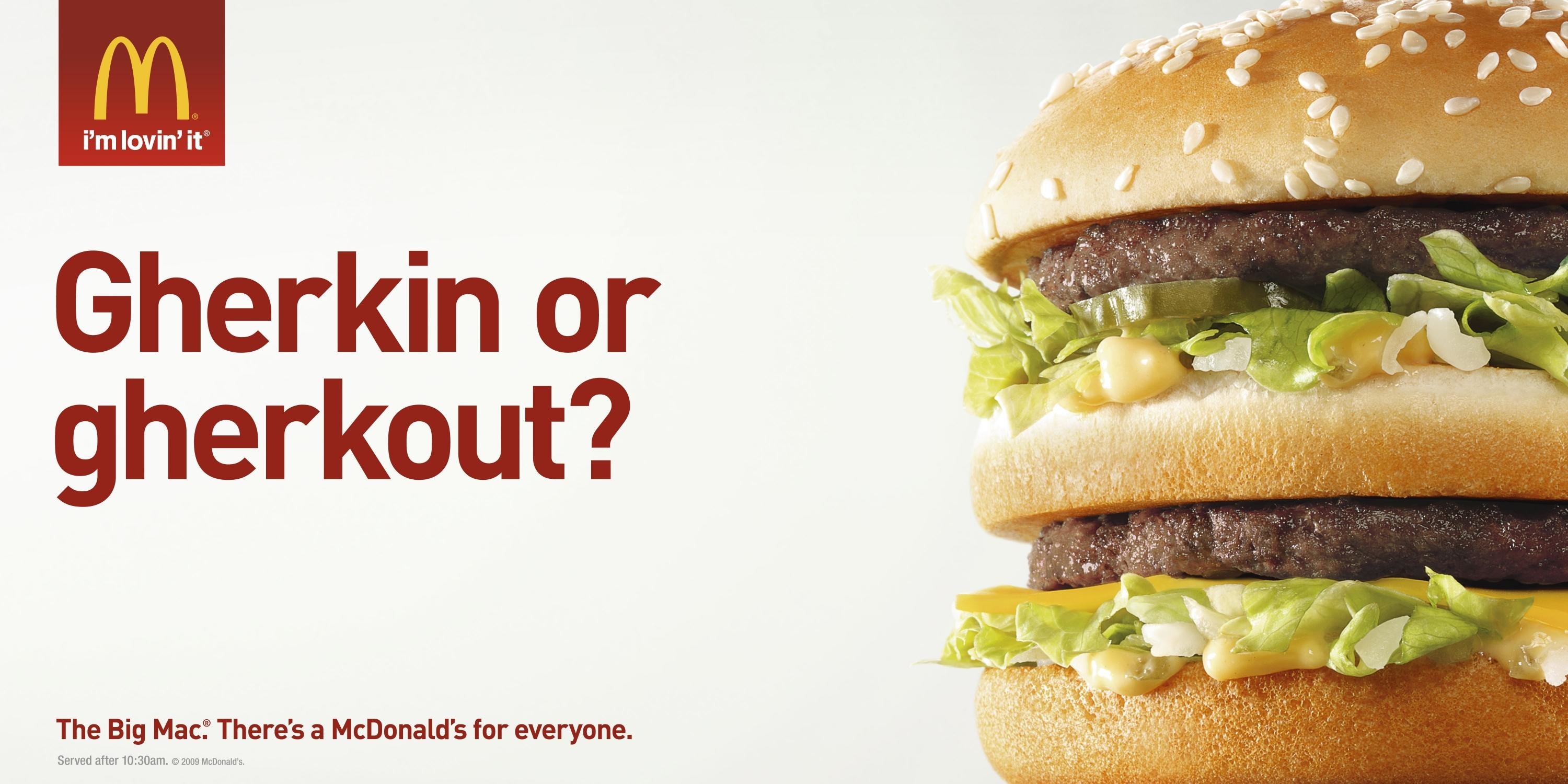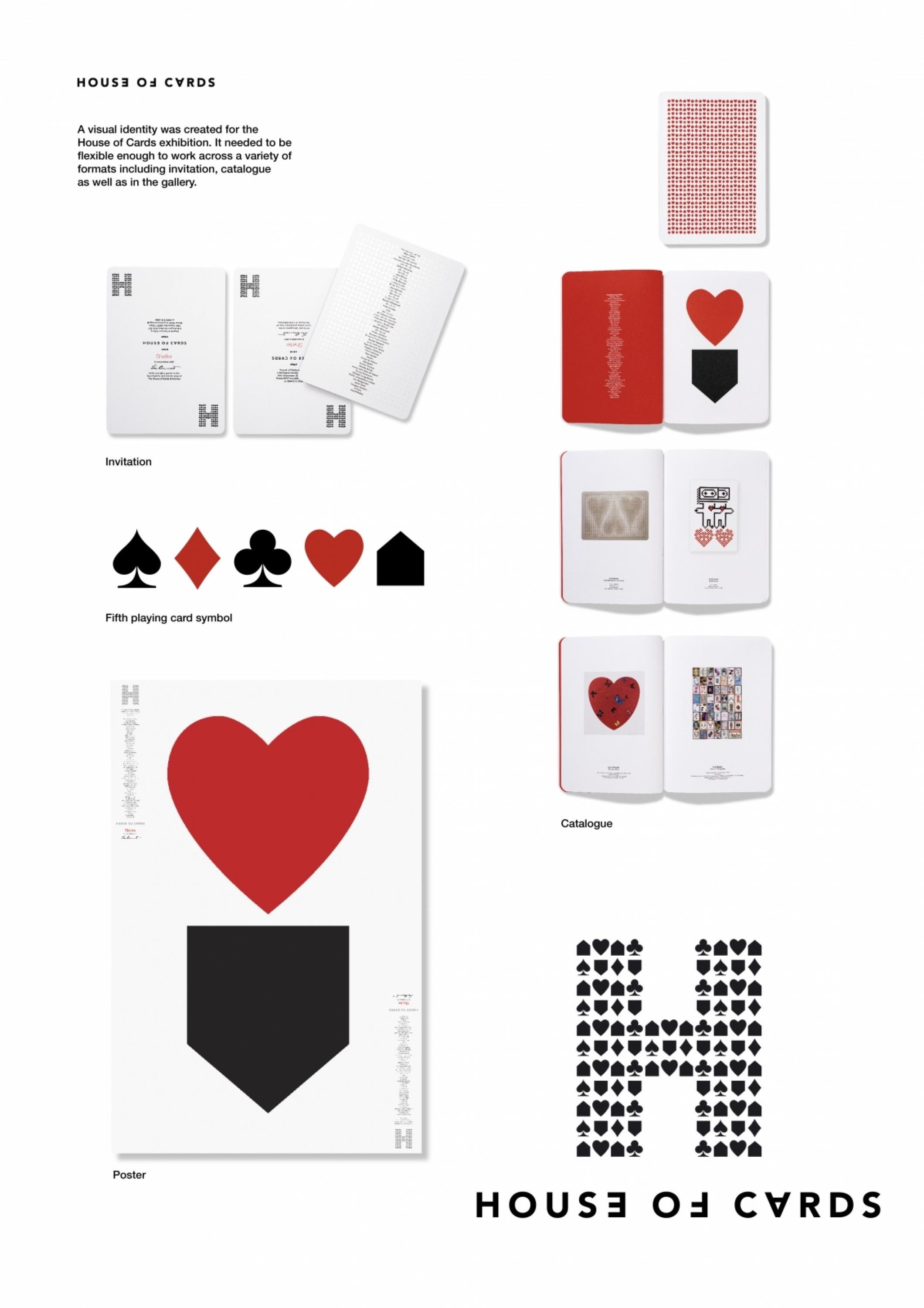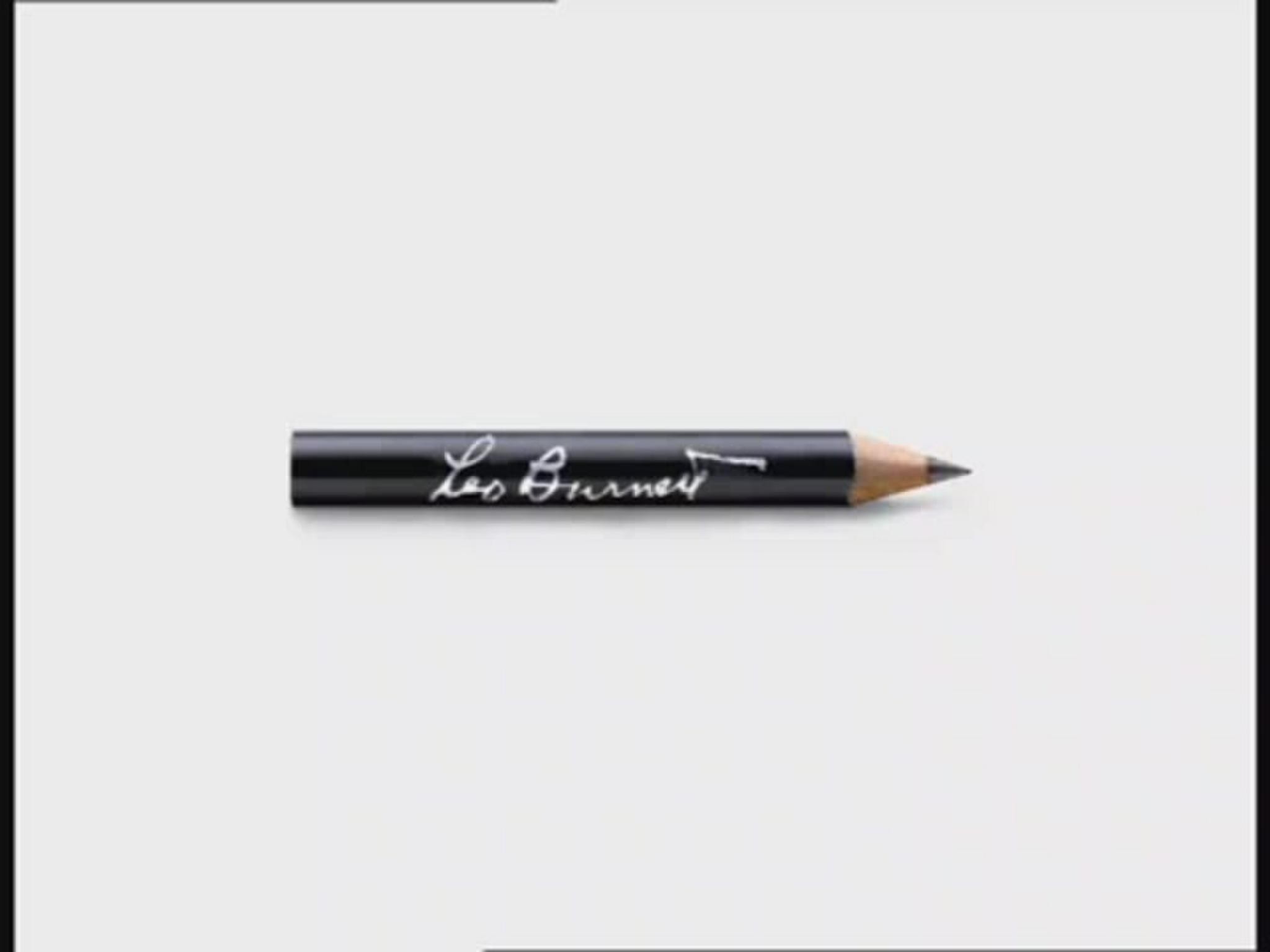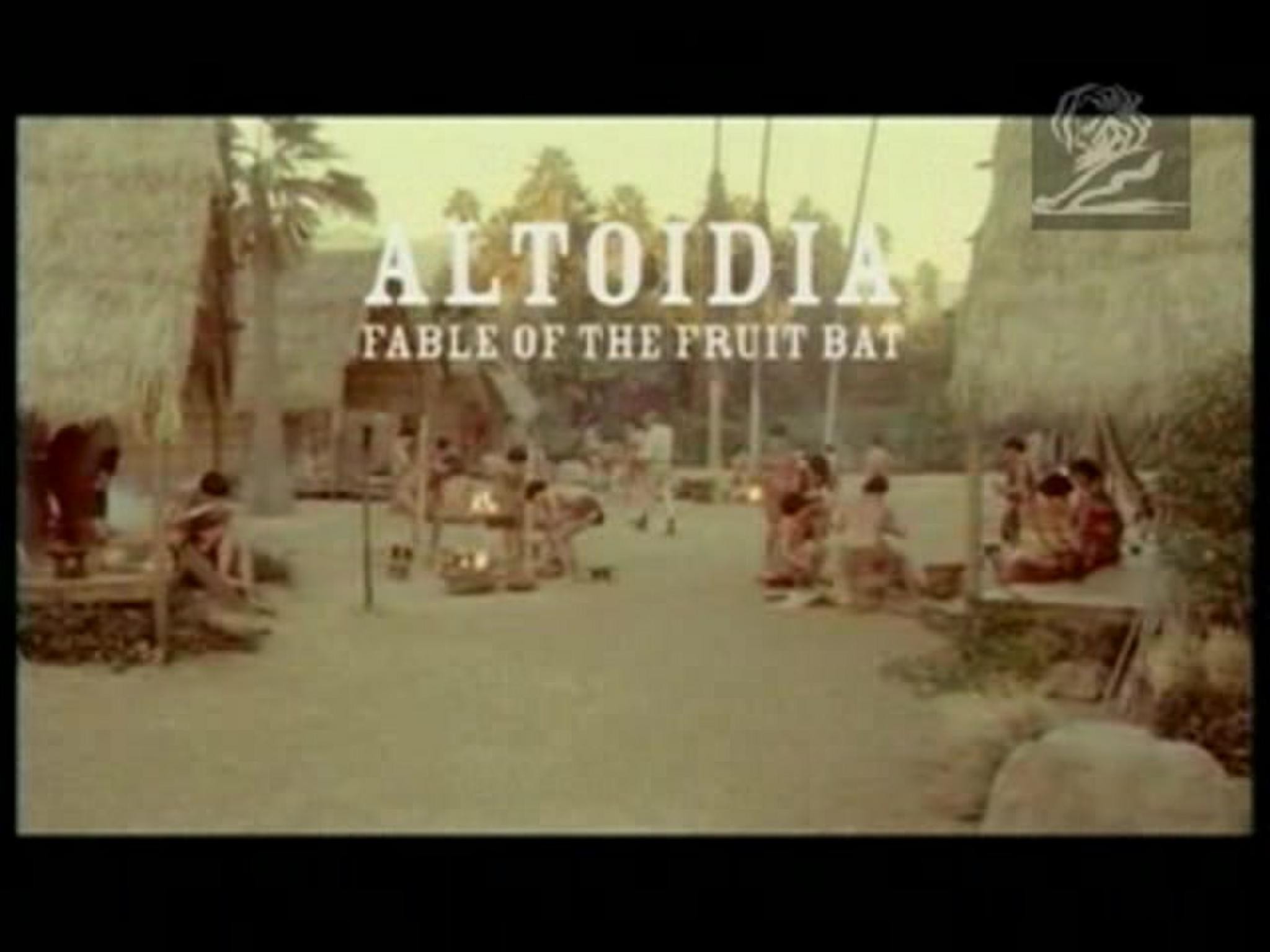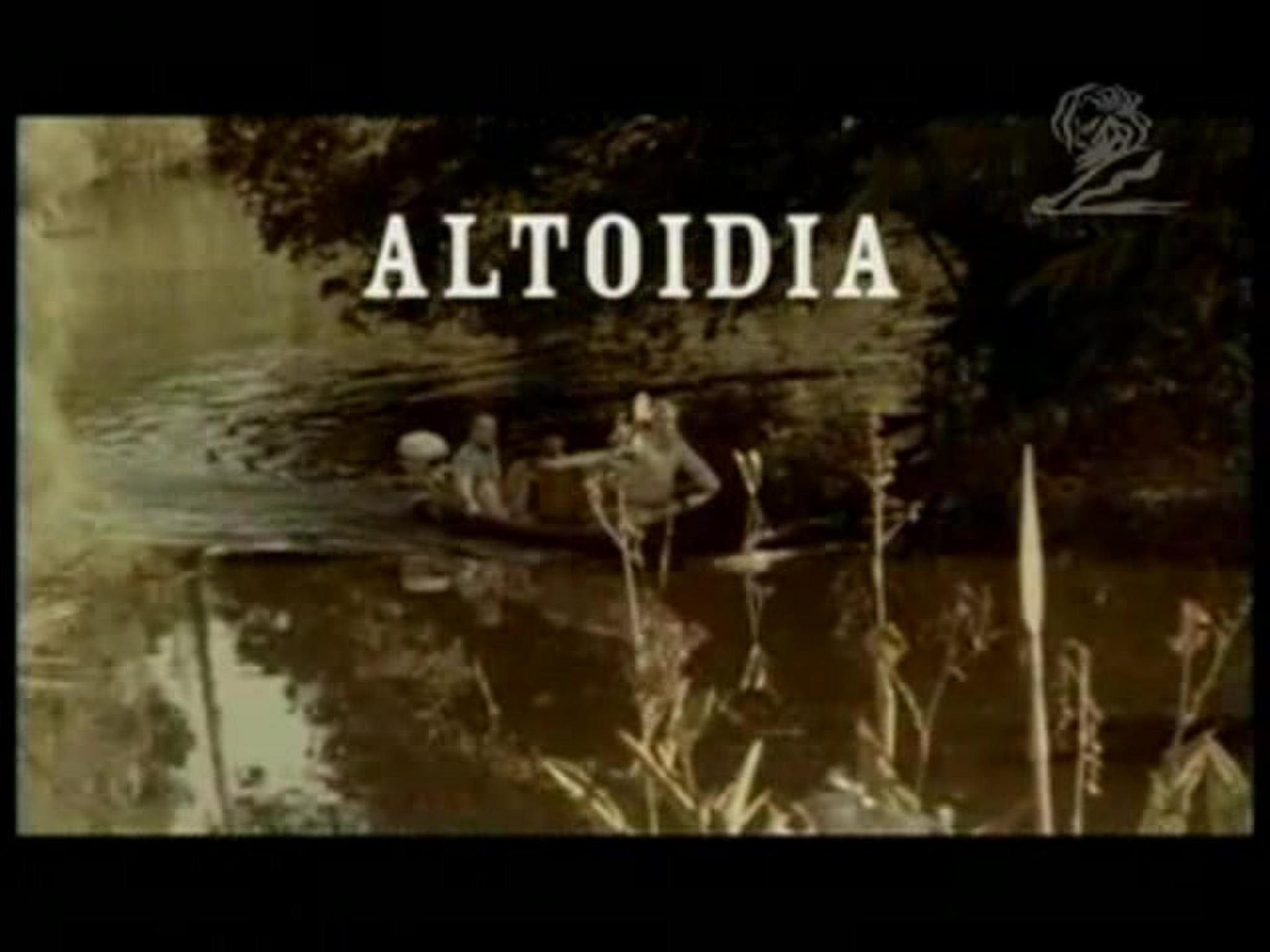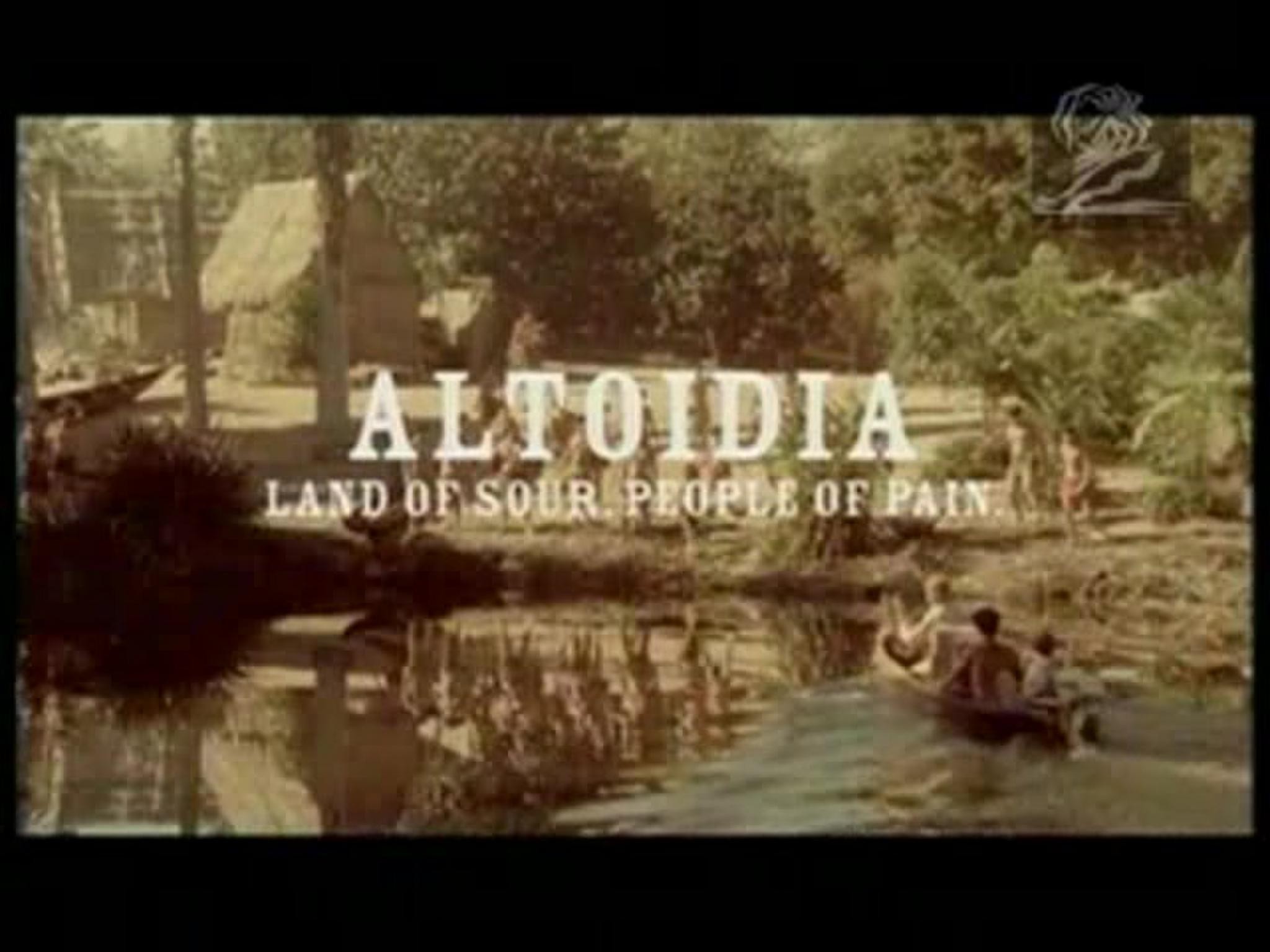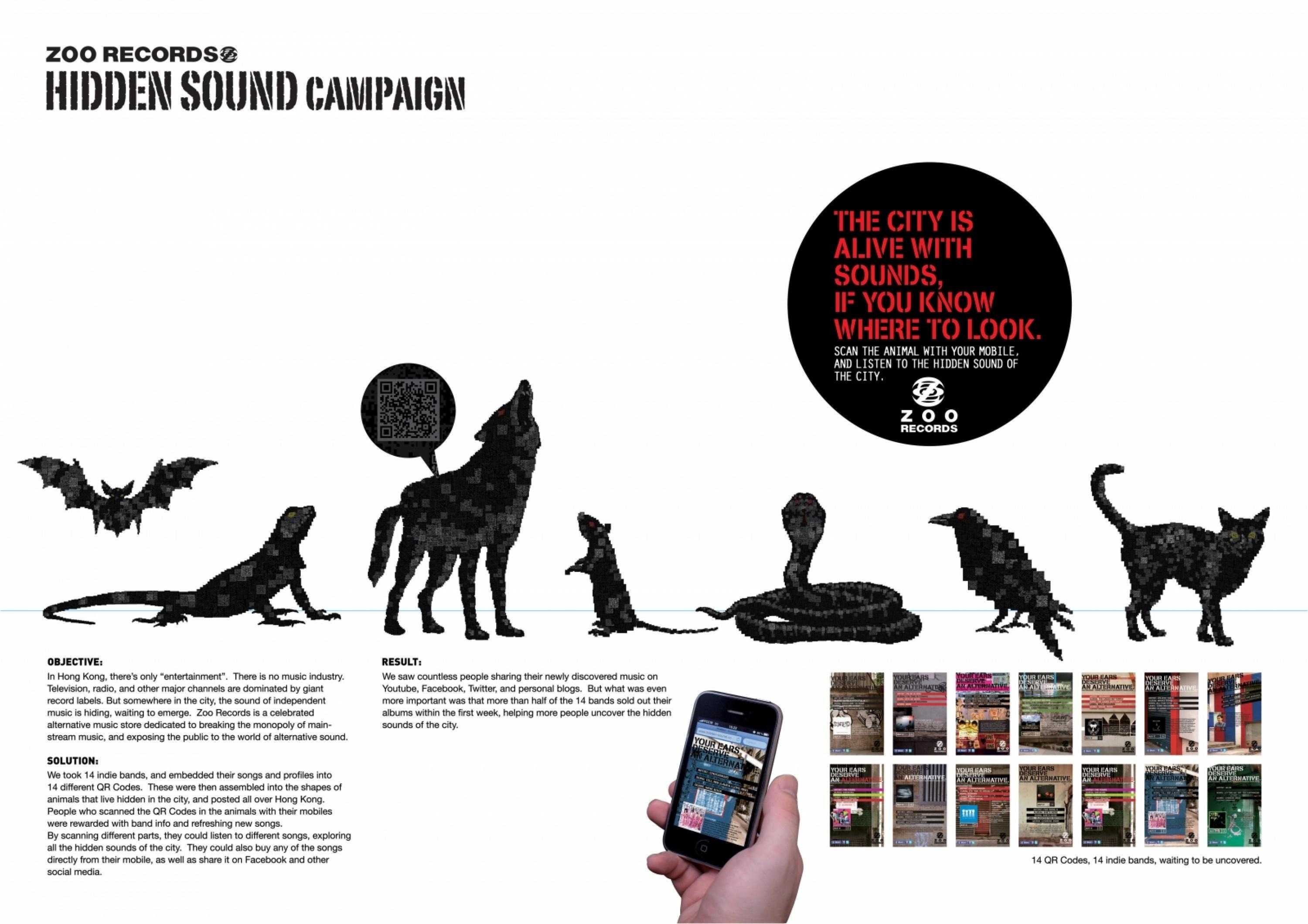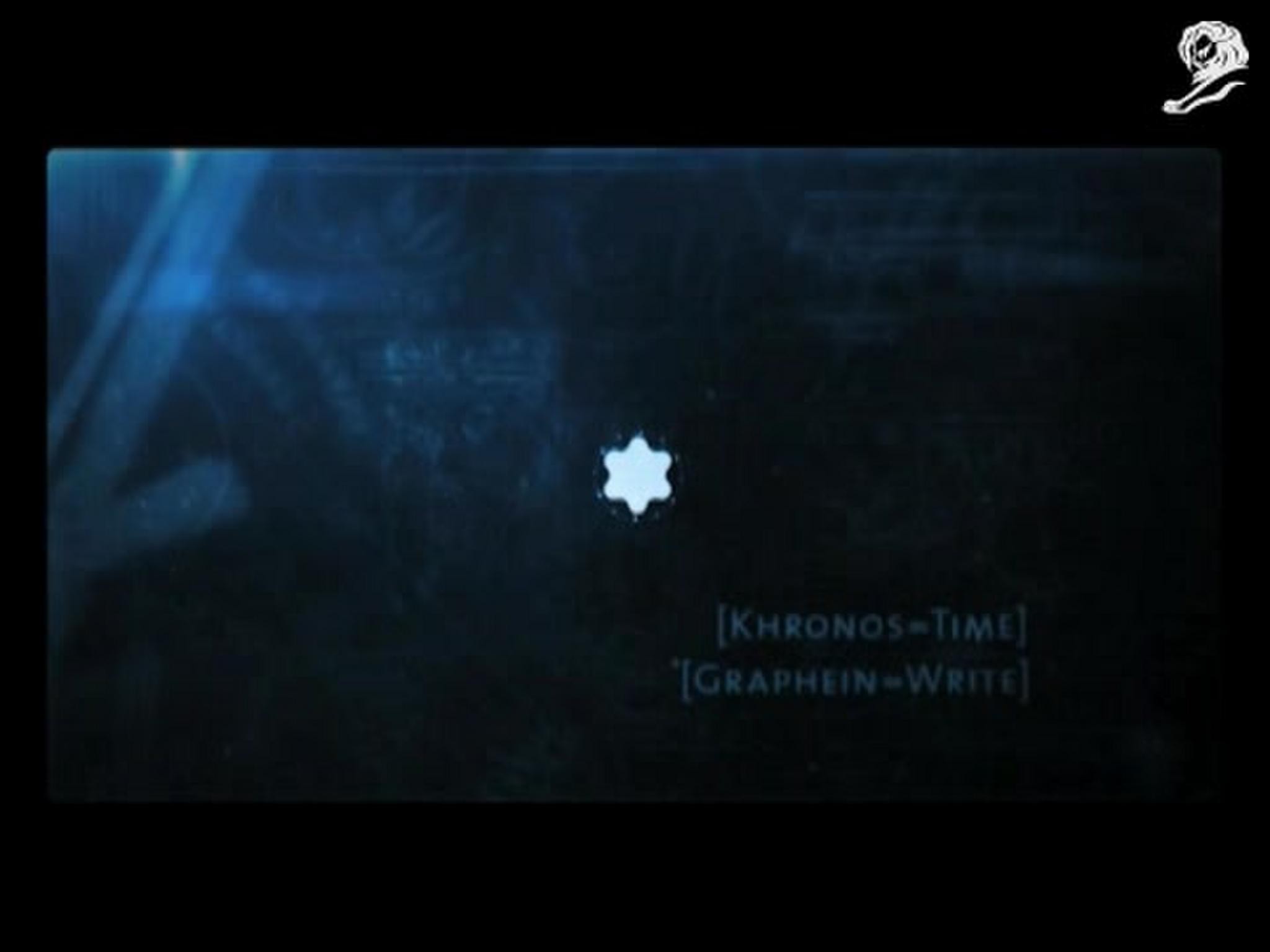Digital Craft > Form
CLIMATE REALISM
LEO BURNETT, Frankfurt / WWF GERMANY / 2023
Awards:


Overview
Credits
Overview
Background:
Climate scenarios describe how the further effects of climate change will develop until 2100. The so-called RCP climate scenarios of the Intergovernmental Panel on Climate Change are based on more than 34,000 scientific publications and provide detailed and regionally definable information on which impacts will be felt at which locations if emissions are not reduced at all, are reduced only slightly or reduced significantly. The problem with this data is that it remains abstract, unemotional and difficult to access. The differences in possible developments and thus also the possibilities for our influence today are presented as graphs and tables - hidden in a 3949 pages report and complex databases. It is already difficult to understand the impact of climate change today, so how can we convey what different climate futures look like? What is needed is a new way of visualizing climate scenarios – in an informational and emotional manner.
Please provide any cultural context that would help the jury understand any cultural, national or regional nuances applicable to this work e.g. local legislation, cultural norms, a national holiday or religious festival that may have a particular meaning.
The work was going live directly after the publishing of the 6th climate report by the IPCC. The fact that the report itself was very abstract and hard to understand in detail even for decisionmakers and politicians was discussed widely ¬– so the project did hit a nerve here. Furthermore, there had been multiple attempts of damaging/smearing famous landscape paintings (e.g. with tomato soup or mashed potatoes) in several german museums by climate activists shortly before – with lots of negative reactions. The Climate Realism Exhibition was widely considered as the first visible attempt to bring art and the challenges of the climate crisis together in a constructive and productive narrative.
Describe the creative idea.
How would Monet paint his water lilies at +4°C global warming? How much do we have to reduce our emissions to save Gauguin's South Seas landscapes from destruction? And what would be left of Van Gogh's wheat fields if emissions continue to rise as they are now? The Climate Realism Exhibition gives answers to those questions. With the usage of climate data and generative AI, eight famous landscape paintings are transformed into their very own climate futures to illustrate the local effects of global warming under different scenarios – from no to strict CO2 emission limitation. Within an immersive physical and digital exhibition, climate scenarios can be experienced in a completely unseen and emotional touching way while still offering latest scientific data and input.
Describe the execution
In order to create a new visualization of climate scenarios, the WWF Climate Realism Exhibition resulted in an immersive web-experience, a physical exhibition in Berlin and various digital assets. Its base are 8 famous landscape paintings from painters such as Gauguin, Van Gogh, Monet, Pissarro and more. For each painting, a custom-built AI created 240 iterations of the scenery that show the possible local impacts of climate change by 2100 for the three most used scientific climate scenarios (no, medium and strict CO2 emission limitations). The eight customized AI pipelines were fed with ultra-high-res scans of the paintings as well as with climate data from the latest IPCC report and further databases that an international group of WWF experts contextualized for the local situation of the paintings origin. In order to match the style of the artists, the AI Pipelines have been trained exclusively with the oeuvre of each painter.
The generated images were then back-checked by WWF climate experts who also added detailed information to describe the depicted effects in detail. To make the result accessible to everyone, an immersive web experience was created (wwf-climaterealism.com) where users can scroll through the process of the different scenarios through the eyes of famous artists. With individually composed music, the images were turned into video installations that have been shown in a physical exhibition in Berlin, accompanied by a big press echo. Website, exhibition and further digital touchpoints all led to specific donation projects that fight the effects climate change right at the places where the paintings once have been painted. The project was implemented in half a year and WWF was able to achieve a large media buzz and will use the generated imagery and the web experience as a platform for further approaches to communicate the effects of climate scenarios.
More Entries from Digital Image Design in Digital Craft
24 items
More Entries from LEO BURNETT
24 items










